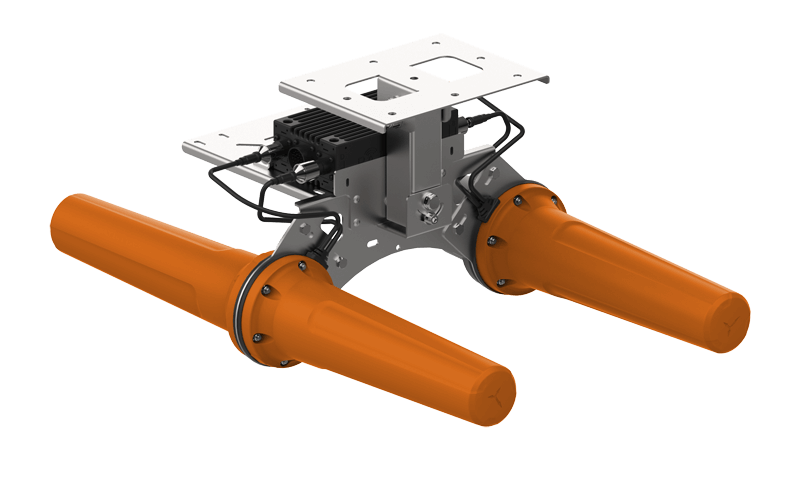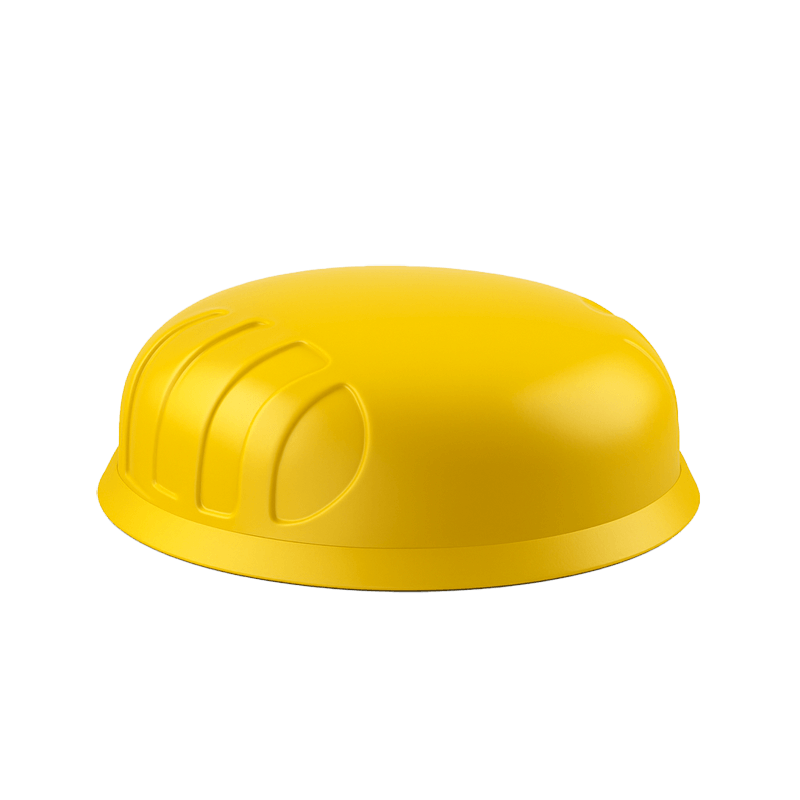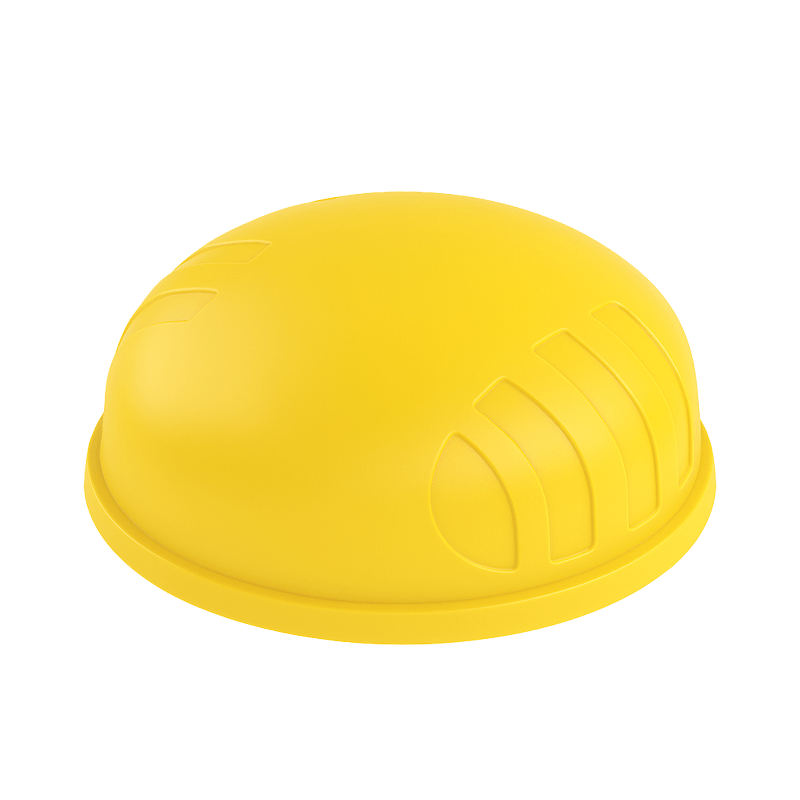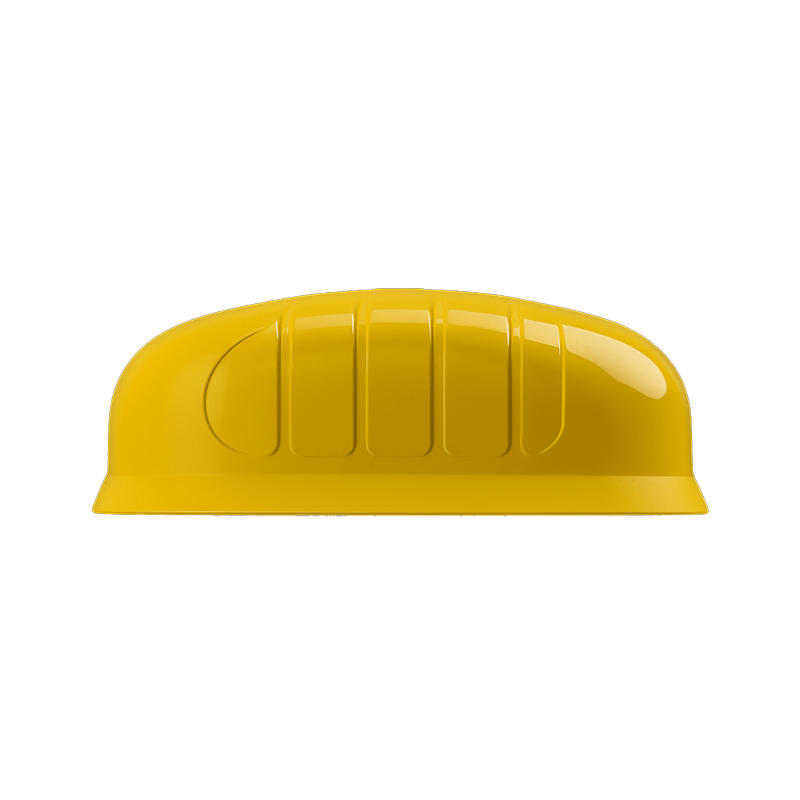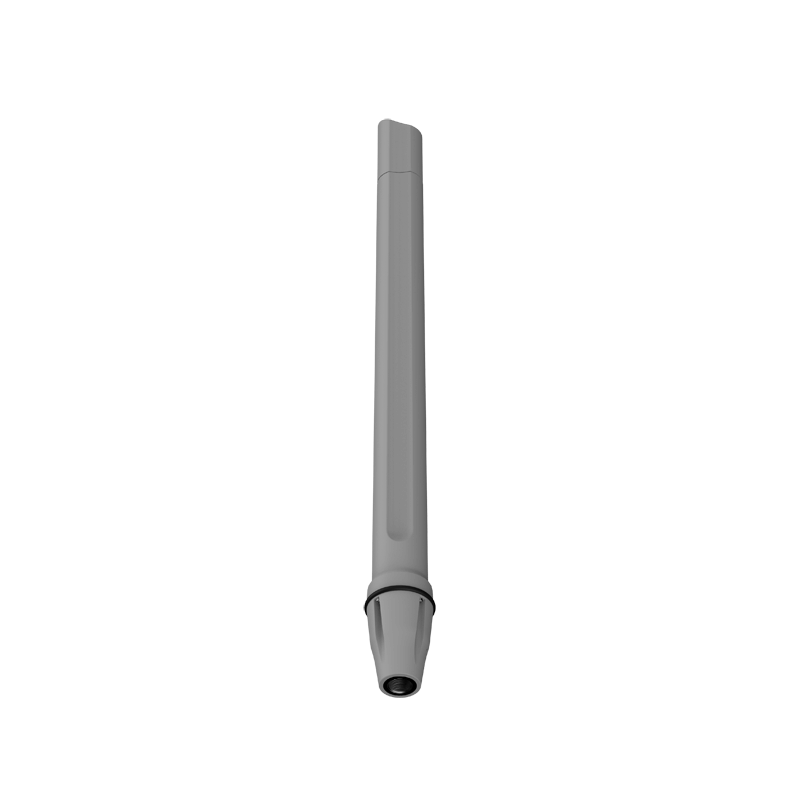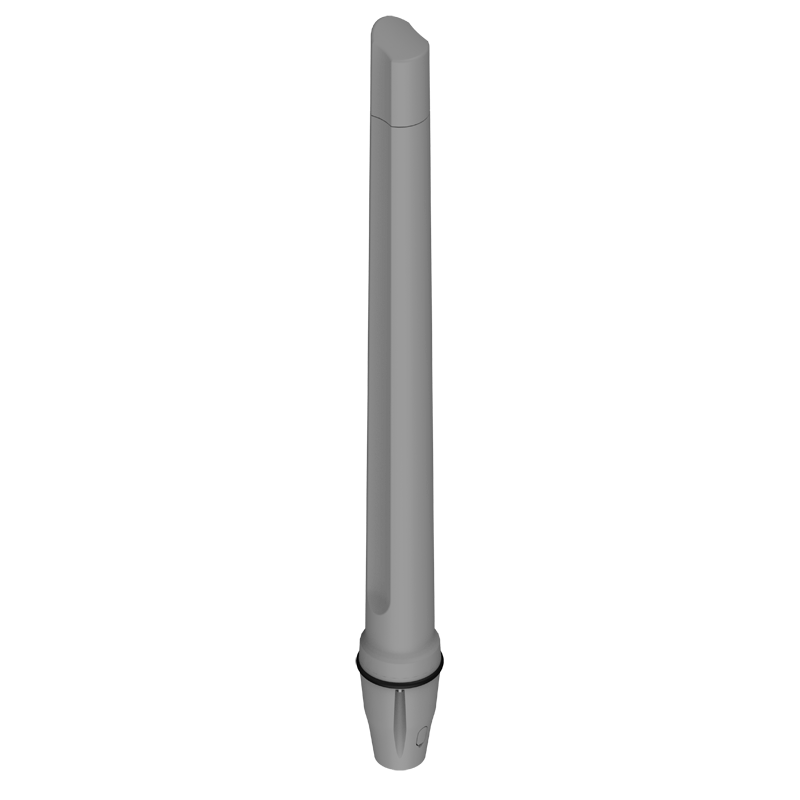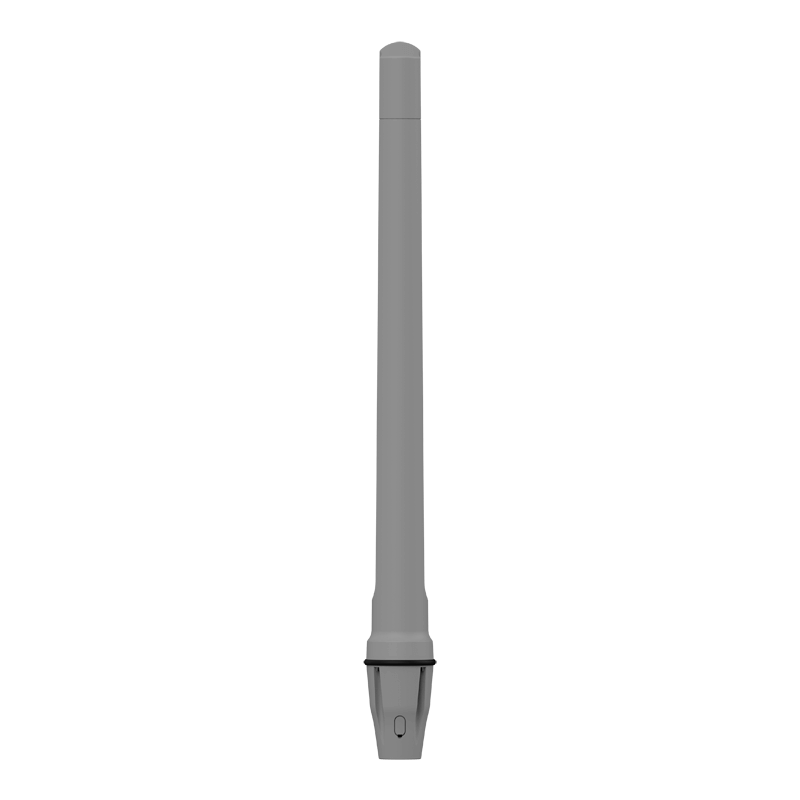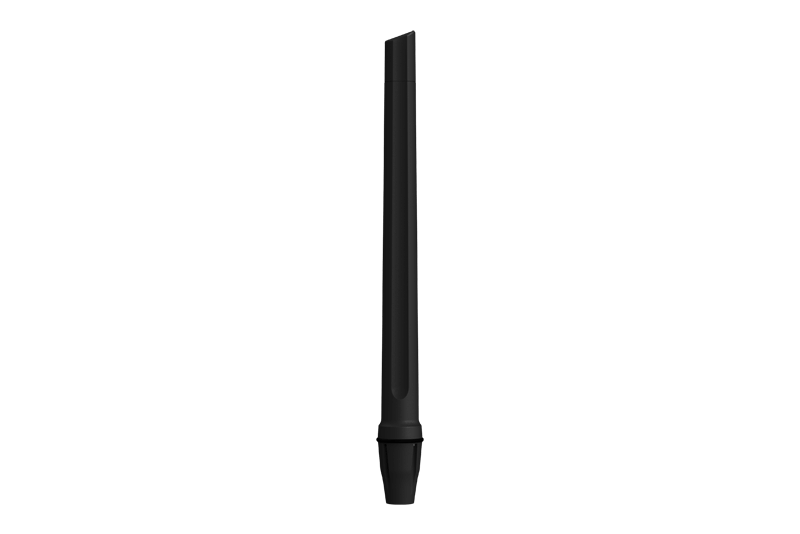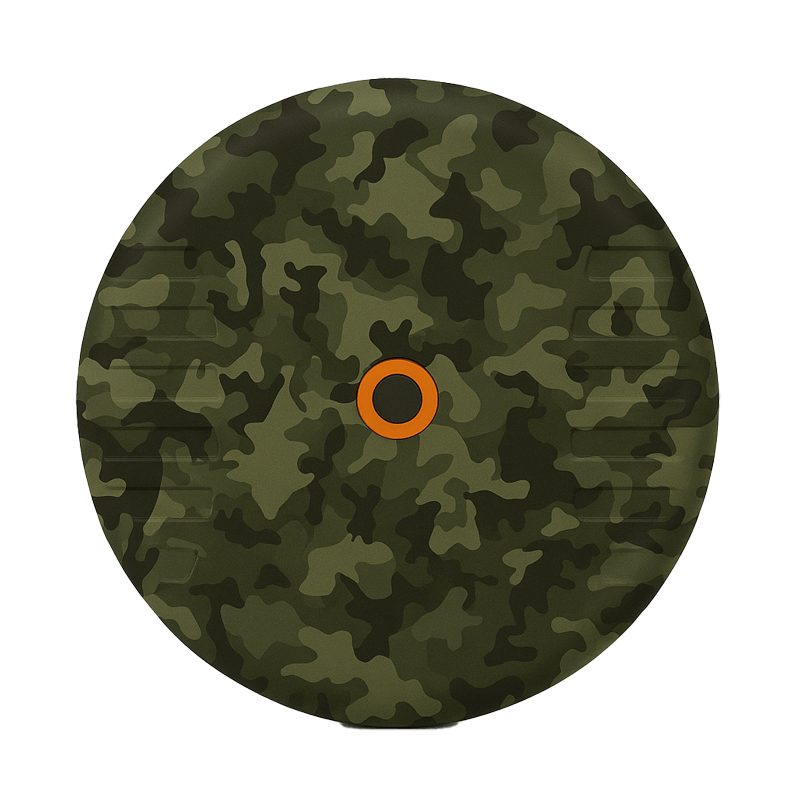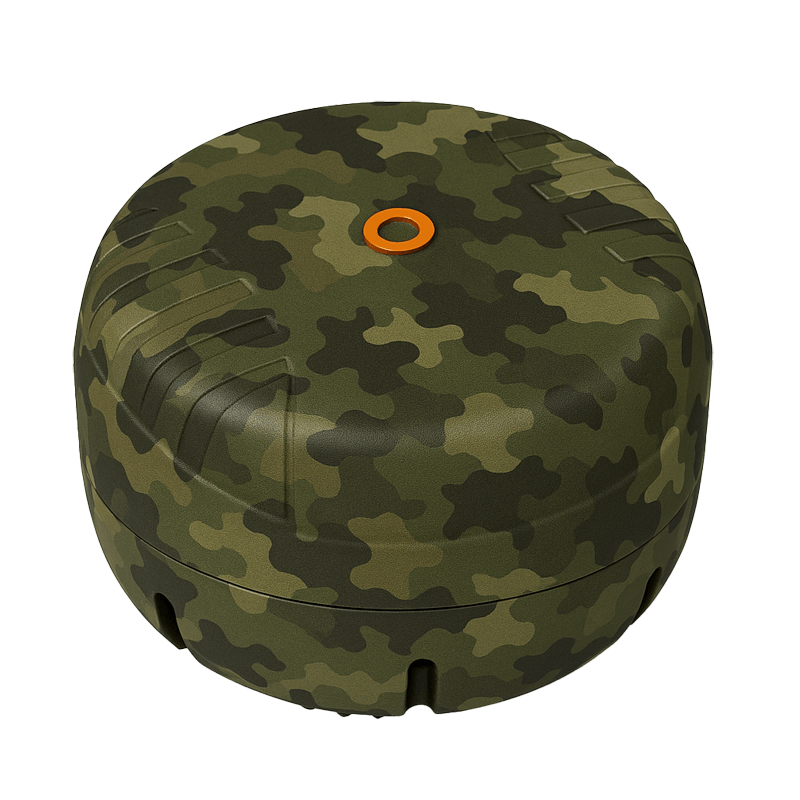Antenna Radomes Colour Wrapping

Table Of Contents
Introduction
At POYNTING Antennas, we understand that beyond RF performance, aesthetics and integration into the environment are becoming increasingly important for our customers. Whether you're deploying antennas on architectural buildings, vessels, mine sites, or smart city infrastructure, the ability to match the antenna colour to its surroundings can be a key requirement.
This white paper provides POYNTING customers and system integrators with a technical yet easy-to-understand guide on how to safely change the colour of a POYNTING Antenna radome using professional methods while avoiding RF degradation, damage to the antenna, or invalidation of warranty.
We explore the top three recommended colour modification techniques that have proven successful in the industry:
- RF-safe Painting
- Professional Vinyl Wrapping
- Hydro Dipping (Water Transfer Printing)
We also address frequently asked customer questions about the impact of these methods on warranty, RF performance, and long-term durability.
1. Method Overview
1.1 RF-Safe Painting
What it is:
Spraying a thin layer of RF-transparent paint directly onto the radome surface using approved paint types without negatively affecting the antenna’s radio frequency performance, such as radiation pattern, signal strength, et.
Recommended Paint Types:
- Acrylic-based or polyurethane paints
- No metallic pigments or conductive additives
- UV-stable, non-yellowing, and chemically compatible with ASA or ABS plastics
Pros:
✔ Budget-friendly
✔ Easy to source
✔ Can be colour matched using RAL or Pantone codes
Best Practices:
- Surface must be cleaned with isopropyl alcohol
- Use a compatible primer for plastics
- Total dry paint thickness should not exceed 50 microns
- Apply outdoors or in a ventilated area, allow full curing time
Cons:
✘ High risk of performance degradation if incorrect paint is used
✘ Paint may crack or peel in marine or high UV environments
✘ Requires permission from POYNTING to retain warranty coverage
1.2 Premium Vinyl Wrapping
What it is:
Applying a professional-grade adhesive film to the radome for aesthetic change without permanently altering the plastic.
Suggested Film Brands to Consider:
- 3M™ Wrap Film Series 2080 – highly conformable, thin, UV-stable
- Avery Dennison® Supreme Wrapping Film – excellent outdoor durability
- Oracal® 970RA – matte and textured finishes
Installation Notes:
- Must be done by a certified vehicle or industrial wrap installer
- Avoid covering vents, drain holes, or connector regions
- Do not exceed 100 microns in film thickness
Important to note: The above recommended film brands are suggestions only. POYNTING does not take liability for film brand performance unless we have independently tested RF impact before and after wrapping.
Pros:
✔ Reversible and non-invasive
✔ Wide variety of colours and finishes
✔ Minimal impact on RF if properly installed
Cons:
✘ May delaminate over time if poorly applied
✘ Some adhesives may react with plastic if not tested
✘ Heat shrink application must avoid stretching over tight curves
1.3 Hydro Dipping (Water Transfer Printing) – Recommended Premium Aesthetic Option
What it is:
Hydro dipping, also known as water transfer printing, applies a decorative pattern (e.g., camouflage, carbon fibre, or solid colour) using a film floated on water, which is then bonded to the radome surface.
Why it’s Preferred:
This method provides a superior aesthetic finish, full 360° coverage, and is ideal for highly visible deployments such as marine, or public smart infrastructure.
Process Overview:
- Radome is base-coated with an RF-safe primer/paint
- Printed film is floated and activated in a water tank
- The radome is dipped to bond the pattern
- Final UV-stable clear coat is applied for protection
Requirements:
- Professional hydro dipping service with experience in RF applications
- Approved basecoat and topcoat (low dielectric constant, non-metallic)
- Strict masking of ports, vent holes, and gaskets
Pros:
✔ Visually striking and highly durable
✔ Excellent for camouflage or custom branding
✔ Thin application with minimal RF loss when properly done
Cons:
✘ More expensive than painting or wrapping
✘ Longer processing time
✘ Requires very experienced technicians to avoid defects
1.4 Summary Comparison Table

1.5 Important Warranty Consideration:
Regardless of the above method used Painting, Wrapping, or Hydro Dipping all modifications share a common risk: the potential to negatively impact RF performance if inappropriate materials (such a paint that has metallic inside such as lead) or techniques are applied. If there is any degradation to the antenna’s performance due to such modifications, POYNTING cannot guarantee the product will perform as originally intended, and warranty coverage may be affected.
Therefore, any colour modification must be carried out by certified professionals using RF-transparent, approved materials. In the event of a warranty claim, the installer or customer must provide proof of professional service for certified company used and documentation of materials used to support the claim.
2. Suggestion on Methods to use by Antenna
When using one of the three discussed methods (painting, wrapping, or hydro dipping) to change the colour of an antenna's radome, do not open the antenna or expose its RF elements. Doing so is considered tampering with the product and will void the warranty. Before proceeding with any of the methods, ensure that the RF and GNSS/GPS connectors are properly covered. Also, take care to seal all potential water ingress points to prevent moisture from entering the antenna during the modification process.
There following are suggestions of different methods that can be used as per POYNTING Antennas.

3. Frequently Asked Questions (FAQs)
4. Final Notes & Recommendations
At POYNTING, we are committed to supporting customer needs in both technical and visual integration of our antennas. While changing the colour of a radome is possible, it must be done with care and professionalism. We encourage all partners and installers to contact us before proceeding with any physical modification. For project-based approvals, please send your request to:
[email protected]


